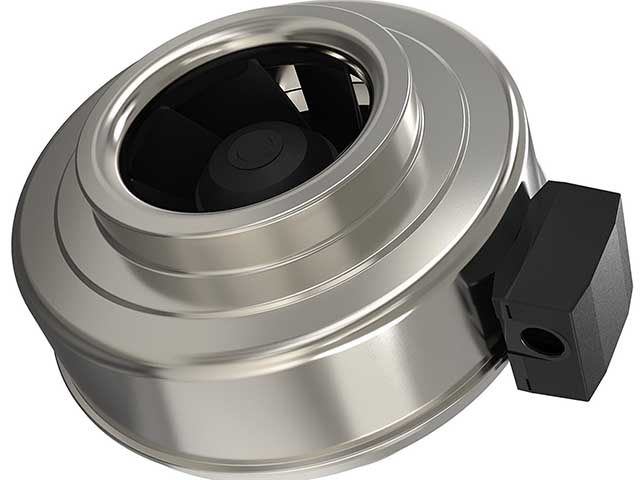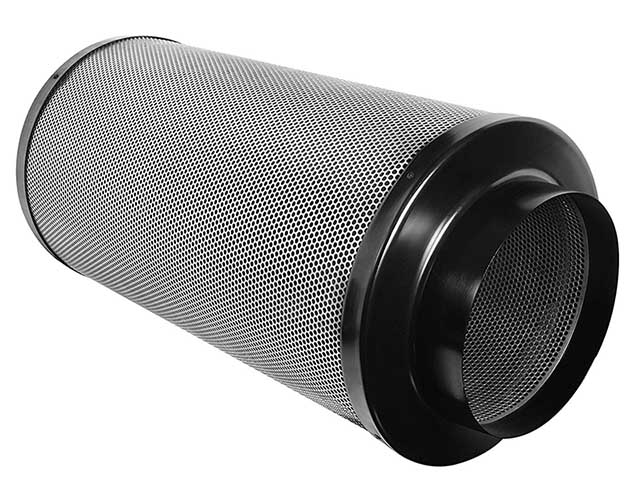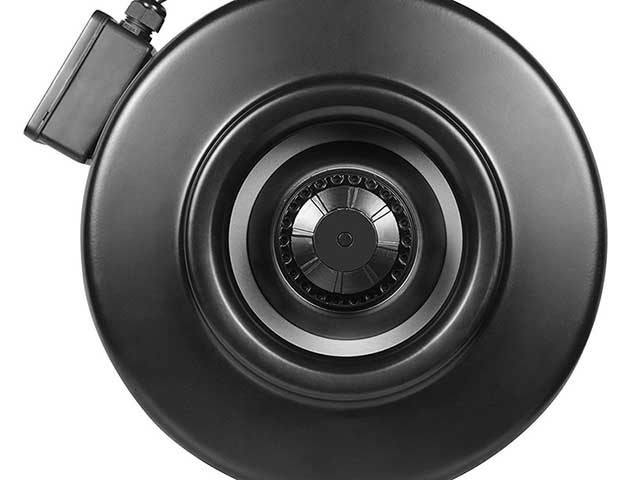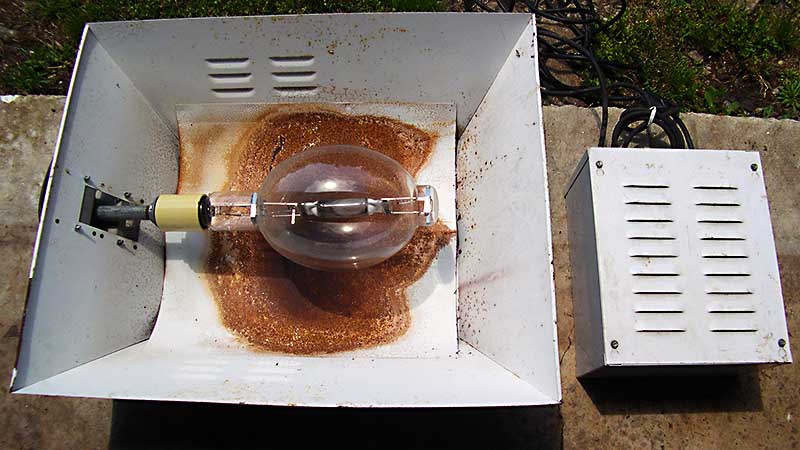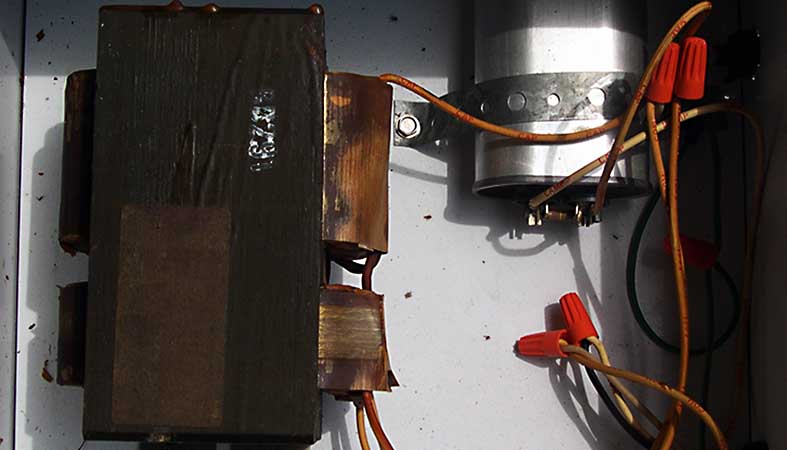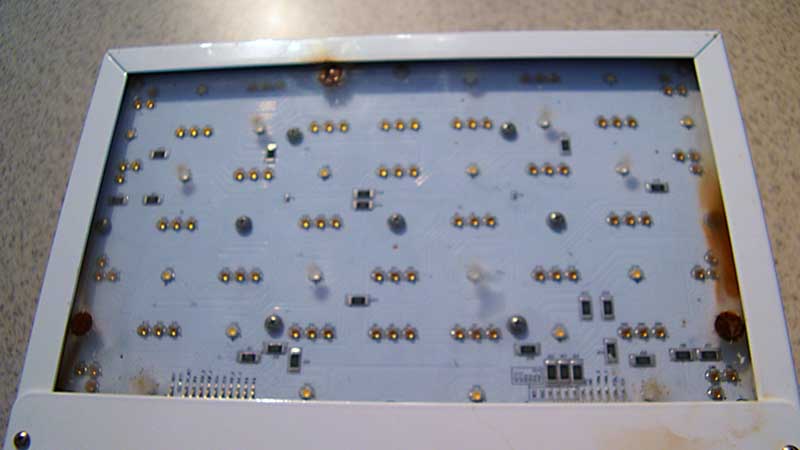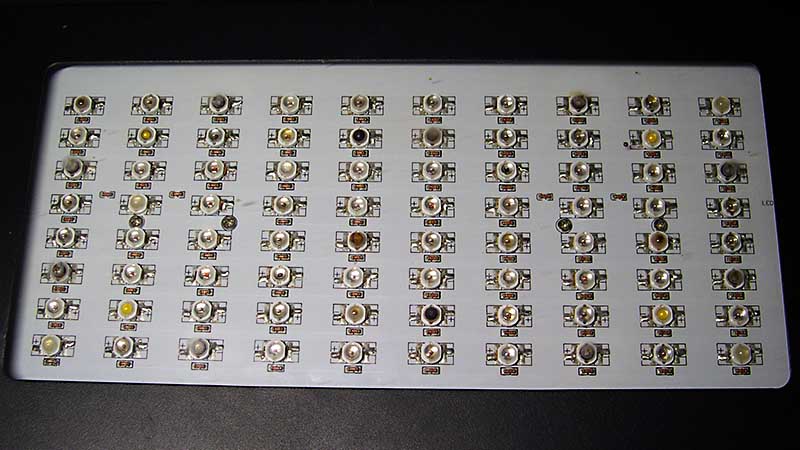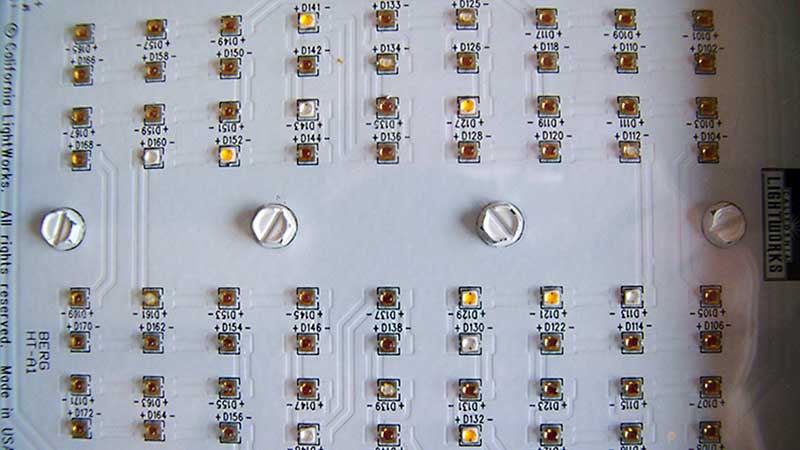I'm going to start this off by saying there is absolutely no reason why anyone should be consuming cannabis by smoking it. My background as a Respiratory Therapist might seem to make this statement obvious but I used to be a heavy cigarette smoker from the late 60's until January 2, 1985. I quit because I never thought I'd live to be 30 years old, I was turning 30 that year and I didn't want to end up like the patients I was treating if I lived to be 60, which I passed a few years back. Luckily for the consumer of cannabis, cannabis smoke doesn't have near the devastating effect on the lungs as tobacco.
The pipe you see was made from 3 tracheostomy tube adapters that were used in the 1960's that I acquired in the early 70's when I was in RT school. They were used to connect mechanical ventilators to tracheostomy tubes that were placed inside the lungs by a surgical incision in the neck. These adapters had some of the nastiest "loogies" (loose boogies, aka boogers) flowing through them than you can ever imagine. We're talking snot you can smell. Thick, bloody, TB infested mucous that had to be sucked out by unscrewing the access port, sticking a suction catheter (rubber tube) down into the lungs and sucking that shit out while the patient spasmodically tries to cough but can't because you're sucking all the air and snot out of their lungs. Don't worry, I autoclaved and then ran it through a ethylene oxide cycle to double sterilize it. You would not believe the looks I used to get when I would pull this out at after work parties down in Miami.
I was the kid in high school who was always making bongs and pipes. That continued in RT school when I made a 100% humidified bong out of a Cascade humidifier from an MA-1 ventilator. Finding new and improved ways of consuming cannabis has always intrigued me. When I first started hearing about using vaporizers to consume cannabis, I thought about the Tandyn Slave-Master that's on the About page. The first vaporizer I used was pretty much a ceramic tile cube with a soldering iron tip on the inside that connected to a thick glass adapter that attached to a glass wand that contained dried cannabis. The next vaporizer was an Airizer Extreme Q and that was like going from a Prius to a Porsche. Outstanding vape and by the time it "gave up the ghost" the portable Airizer model was available that we still use today.
Even though it took a lot of time and experimentation, I've finally found a way to make edibles worth the trouble to make them. Over the years, I've tried many ways to utilize cannabis in edibles without a lot of success until I tried this one. Cannabutter always seemed grody to me and tasted like shit, so I use canola oil. It is mandatory to decarboxylate cannabis before trying to use it in any form of edible. I believe there's a fine line between decarbing it and converting too much THC into CBD-like components, so I set the oven to 240 degrees Fahrenheit for forty five minutes. After it has cooled down, I use a couple cups of shake/popcorn buds for every cup of canola oil. Since THC is not water soluble, I also use a cup of water to make a slurry like mixture that is placed in a Crockpot/SmartPot set to low for 8-12 hours depending on the quality/quantity of cannabis being used. Filter through a very fine mesh screen into a wide bowl, freeze overnight and fairly pure oil will be on the top with, chlorophylled, particulated frozen water on the bottom, ready to be discarded.
Mix in one half cup of the oil with Betty Crocker oatmeal cookie mix for a tasty and thought provoking treat.
